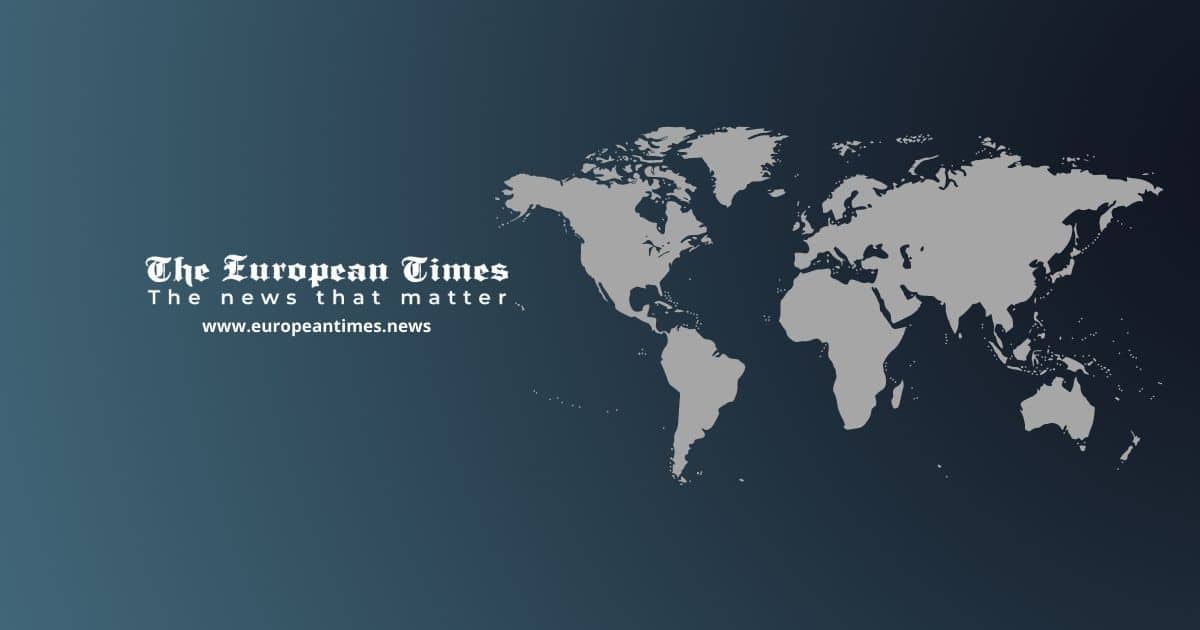Physicists have verified a fifty-year-old hypothesis that explains the formation of herds as a result of selfish behavior.
“Surprisingly, when individuals act out of purely selfish reasons, this can lead to a fair situation within the group,” says physics professor Clemens Bechinger. This was demonstrated in a recent study by his team at the Center for the Advanced Study of Collective Behavior (CASCB) at the University of Konstanz, which is part of the Cluster of Excellence.
The researchers used computer simulations to explore how herd animals can reduce their predation risk. The study is based on the idea suggested by W.D. Hamilton in 1971, that individuals in a herd position themselves so that their own predation risk becomes reduced at the expense of their neighbors. The results were published in the Journal of Theoretical Biology.
The reason why many animals organize themselves in herds is not necessarily the result of gregariousness or social behavior. One example is seals: On their own, they are easy prey for orcas or sharks. Instead, it is much safer within a group, because then the danger of an attack is spread out among many individuals. It is safest in the middle of the group where animals are crowding together in a very small space and an attack there is more likely to target a close neighbor than oneself. At the edge of the group with only a few neighbors, on the other hand, the predation risk is considerably larger. Each animal, therefore, tries to get to one of the coveted spots in the middle.
Selfishness leads to a fair distribution of risk
With the help of artificial intelligence (reinforcement learning), Clemens Bechinger and his colleagues studied how individuals must alter their positions optimally to keep the distance between themselves and others as small as possible, which, in turn, reduces their own risk of being attacked.
“Because this strategy increases the risk for neighbors, it is clearly considered a selfish motivation,” says Veit-Lorenz Heute, who is working as a doctoral student on the project. Just as Hamilton predicted, the physicists observed that individuals that were spread out at first then formed a dense herd, because this decreases their distance to neighbors and thus reduces the individual risk of being attacked.
“Considering reinforcement learning for collectives opens up a range of new possibilities in understanding animal behavior,” Iain Couzin, speaker of the CASCB and Professor for Biodiversity and Collective Behaviour at the University of Konstanz adds. “It provides an elegant way to ask how adaptive behaviors may emerge in the complex social context characteristic of flocks and swarms.”
The researchers were surprised, however, to see what happened after the herd had formed.
Their simulations show that the time-averaged predation risk is exactly equal for all individuals. Obviously, members at the center of the herd are not able to defend such advantageous positions as other animals push toward this coveted spot.
“This is a result of the high dynamics within the group which makes it impossible for individuals to maintain specific optimal positions,“ says Samuel Monter, who is also involved in the study. Another interesting observation is that, as a result of this permanent competition for the best positions, the group begins to rotate around its gravitational center, similar to what is observed in many herds of animals.
“Our study shows that the formation of groups does not necessarily result from their gregarious behaviors but can also be explained by the entirely selfish motivations of individuals to gain an advantage at the expense of others,” Bechinger concludes. “Not only does our study help to understand collective behaviors in living systems, but the results may also be useful in the context of finding optimal strategies of how autonomous robotic devices have to be programmed to master collective tasks.”
“We have long observed vortices in animal groups and this work provides an insight into why that may be the case,” Iain Couzin adds. “If each individual acts to reduce risk, by approaching others, but is also penalized for collisions, rotating swirls, as we see in fish schools and even some herding animals, naturally emerge.”
Reference: “Dynamics and risk sharing in groups of selfish individuals” by Samuel Monter, Veit-Lorenz Heuthe, Emanuele Panizon and Clemens Bechinger, 2 February 2023, Journal of Theoretical Biology.
DOI: 10.1016/j.jtbi.2023.111433
The study was funded by the Cluster of Excellence “Center of the Advanced Study of Collective Behavior.”












